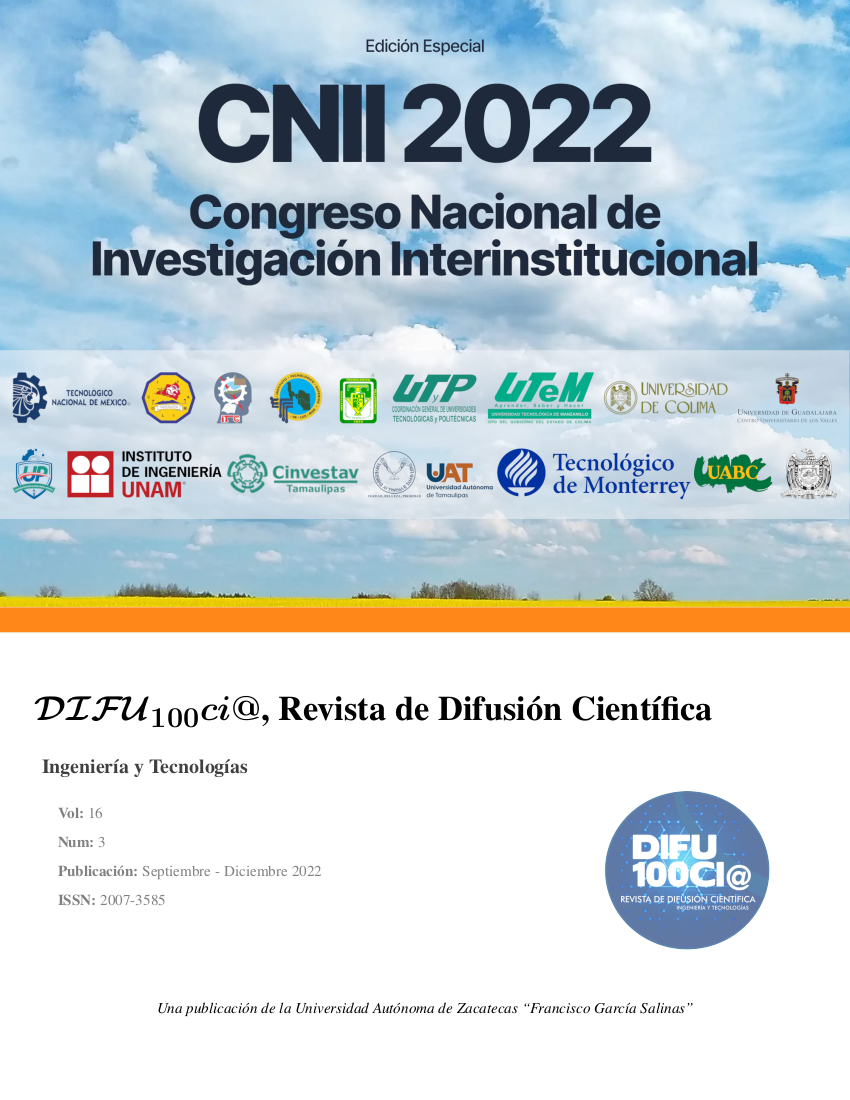Effects on the survival a cladoceran exposed to endocrine disruptors
Main Article Content
Abstract
Triclosan and dibutyl phthalate are emerging contaminants commonly used by the human population, commonly found as active ingredients in many conventional products such as polymers or disinfectant agents. Triclosan and dibutyl phthalate, have been detected in natural water bodies. Compounds like these usually enter the aquatic systems in different ways, due to inappropriate discharges or their mishandling. Zooplankton organisms, such as rotifers and cladocerans, usually inhabit natural aquatic systems. Moina macrocopa is a cladoceran species widely distributed in water bodies in Mexico, and has also been used previously in ecotoxicological tests to determine the effects of pollutants. The following work aimed to determine the effect of triclosan and dibutyl phthalate on the survival of M. macrocopa. The concentrations used in the experiments were 15, 30 and 60 μ g L-1 for triclosan and 100, 200 and 400 μ g L-1 for dibutyl phthalate, respectively. The results show a decreasing trend of the population with the increase of triclosan and dibutyl phthalate in the medium. The effect of triclosan on Moina macrocopa was greater compared to dibutyl phthalate. Ecotoxicological assays are necessary to determine the effects of pollutants on zooplankton species, whose ecological relevance is of utmost importance in water bodies.

